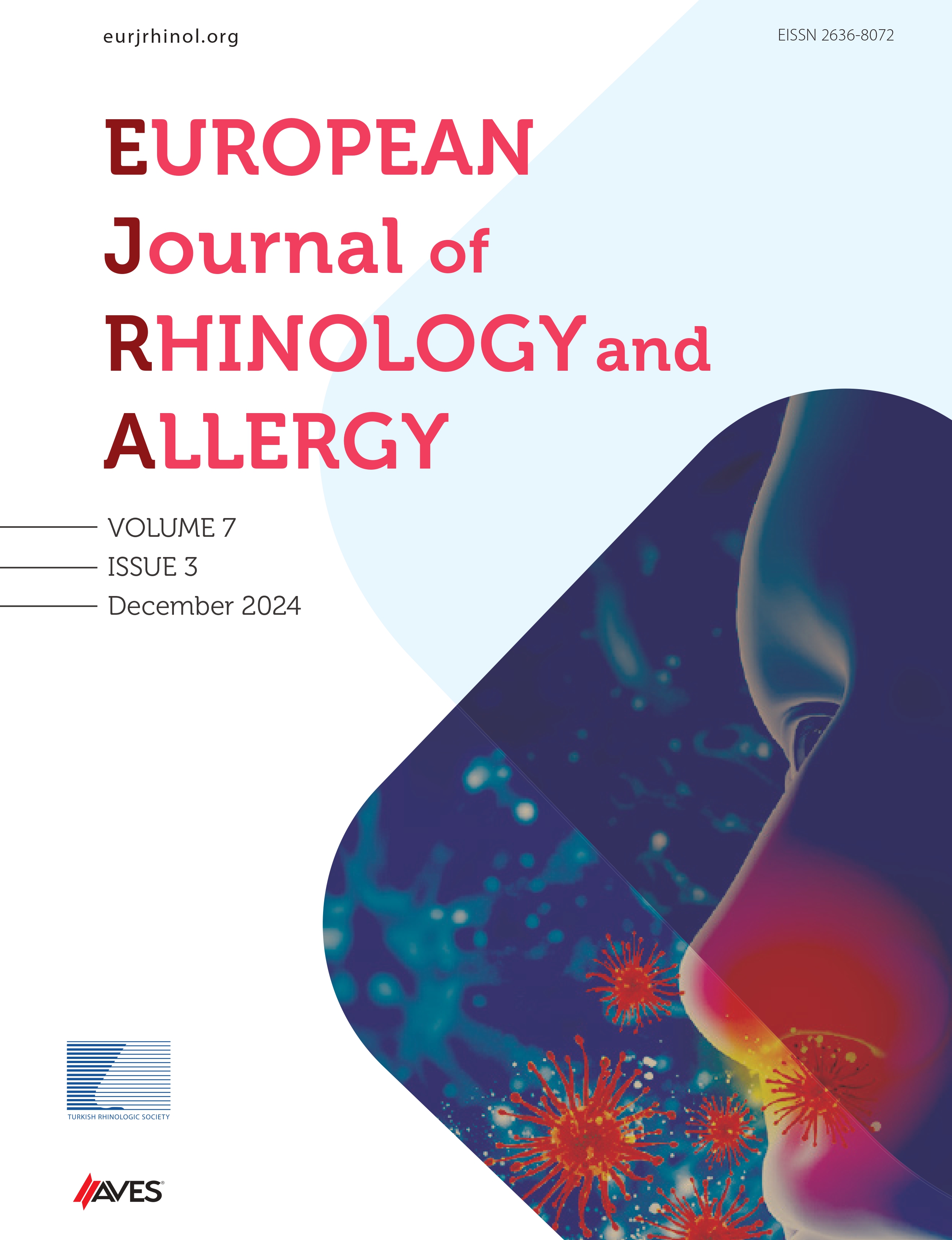Background: The COVID-19 pandemic remains a serious problem adversely affecting public health. The present study has been conducted in an attempt to evaluate the nasal carriage of Staphylococcus aureus before and during the pandemic.
Methods: In this study, the results of nasal cultures taken from patients who applied to our hospital for screening before and during the pandemic were retrospectively analyzed.
Results: In total, 2707 patients participated in the study. Out of these patients, 1602 were admitted to our hos- pital in 2019 and 1105 in 2020. According to the results of the study, the detection rates of Staphylococcus aureuswere found to be 5.1% and 0.8% in 2019 and 2020, respectively. Such a decrease occurring during the time of the Covid-19 pandemic period was found to be statistically significant (χ2 = 36.61; P = .000). On the other hand, an increase was detected in the rate of methicillin-resistant Staphylococcus aureus during the pandemic. It was determined to be 17.3% in 2019 whereas it was 55.6% in 2020. This was found to be statistically significant (χ2 = 7.12; P = .008).
Conclusions: According to this study, there was a sharp decrease in Staphylococcus aureus carriage during the pan- demic period compared to pre-pandemic, while methicillin-resistant Staphylococcus aureus rates increased more than 3 folds. This increase in methicillin-resistant Staphylococcus aureus rates may be due to the increasing trend of methicillin-resistant Staphylococcus aureus in recent years or may indicate that it depends on the measures associated with the pandemic. Further research in this area is essential.
Cite this article as: Altıntaş M, Kar M, Aydın Tığlı G, Çekin Y. Methicillin resistance andStaphylococcus aureus in nasal cultures before and during the Covid-19 pandemic: A comparison of the results. Eur J Rhinol Allergy 2022;5(1):20-23.

.png)

.png)